Getting Started
Because the task at hand is something nobody wants to do, most people struggle with executing the layoff process. To succeed at this emotionally difficult task, you must be process-driven, organized, empathetic and disciplined. Because the stakes are high, this is not the time to take a ‘learn as you go’ approach. If you’re in the unfortunate position of having to do a layoff, here are some of the key steps you need to take:
1. Layoff planning and strategy
Identify alternatives to layoffs
Before undertaking a reduction in force, you should have exhausted all less drastic alternatives. Common alternative strategies include:
- Eliminating all overtime
- Cutting perks
- Executive pay cuts
- Across-the-board pay cuts
- Voluntary or forced use of vacation
- Partial or total hiring freezes
- Pay freezes
- Voluntary separations
- Reduced hours
Align the layoff strategy with business objectives for the next 24 months
Identify where and how layoffs can contribute to those goals. Sales, product development, market, and economic growth, competitor actions, and demand forecasts need to be updated. Overall business unit needs must be identified, including which businesses require a low-cost structure in order to be profitable.
Identify the proposed goals of the layoff process
Typical goals include cost reduction in targeted areas, eliminating poor performers, and people with skills that are no longer needed. This is generally done in conjunction with the CFO. Identify the amount you need to save and narrow down the range of layoff options and the advantages and disadvantages of each. Present them to top management and let them cull down the list.
Conduct a cost/benefit analysis of the top options
Involve the CFO early in the process. Utilize their financial acumen and knowledge of cost accounting to help in identifying key cost and leading indicator ratios that let them know when the company is getting even a little ‘fat.’ Metrics and performance standards must be developed to ensure that managers continually maintain a lean workforce.
Set the final goals for the layoff process
Set the budget for the layoff process. Include costs for outplacement, counseling, extended benefits, severance packages, consultant and legal advice, closing facilities, retraining, and redeployment. Costs are almost always underestimated, so over-budget by at least 10-15%.
Limit business distractions or interruptions
One of the primary reasons layoffs fail to improve the business is that the company becomes distracted, and thus there is a tendency to take its attention away from customers. As a result, it is necessary to develop a separate plan to keep business units and managers focused on the needs of your customers.
Develop processes to monitor customer satisfaction during and immediately after the layoff process. It is often necessary to personally visit key customers to reassure them.
Who should be involved?
To determine which personnel should ultimately be involved in the execution of the layoff plan, start by developing an initial layoff planning team.
Keep it small, but be sure to include representatives of the finance department, Human Resources, the corporate attorney, and the senior managers whose departments are being affected. It is highly important that line management ‘own’ the layoff process.
It is essential that layoffs are done and owned by individual line managers. Otherwise, they are tempted to blame everyone else if the layoffs are mishandled.
When should it be done?
Setting a target date for the layoffs is an important step. Avoid key business peaks, major holidays, and vacation periods (both because of the inconvenience and potential negative PR issues) whenever possible. Most effective layoff processes are completed within 60 days.
Unfortunately, there are no ‘good’ layoff days, but experience generally tells us that doing them early in the week is preferable so that laid-off employees can begin their job search immediately and don’t have to languish over a long weekend.
Before the layoff process begins
Before layoffs begin and redeployment plans are executed, a few crucial steps need to be taken:
- Identify both the national (WARN) and the local legal requirements for layoff notification and layoff processes
- Develop a process for escorting out laid-off employees that both protect the company but also allows individuals to maintain their dignity and say their goodbyes.
- Develop a strategy for maintaining morale during and after the layoff process. This would include some combination of the following: frequent meetings, layoff-related web pages, counseling, telephone hotlines, additional training, and even project completion or ‘stay on rewards
- Determine the appropriate severance pay, benefits, outsourcing assistance, and other things to be given to those laid off.
Setting the layoff criteria
The best way to start setting criteria for making layoff decisions is to develop a process for identifying ‘going forward’ employees. Remember that ‘temps’ should be laid off before employees are displaced. You should keep clear documentation of your decision-making. Begin by reviewing the needed cuts. If they are across the board, you will need to consult with managers to determine which particular job classifications and shifts might be affected and document the reasons.
Once you have a targeted area, you can focus on how to narrow the pool. There are legally supportable options for selection, but remember that the documentation must be clear and non-discriminatory. If you have no performance appraisals, corrective actions, or other evaluations, you might have to focus on well-documented areas such as “first hired, last fired”.
Additional assessment data points might include
- Traditional performance appraisals
- Team rankings
- Customer ratings
- output data
- 360-degree evaluations
- Outside consultant assessments
- Other managers’ assessments
- Assessment center ratings
- Training scores, simulations, and skill assessments
Permissible Selection Criteria
Functional or technical
Leadership competencies
Task achievement skills
Assessments (see above)
Past performance reviews
Impermissible Selection Criteria
Protected class
Proximity to retirement
Leave status
Protected conduct (i.e. whistle-blowing)
Once the criteria are established, be consistent throughout the organization.
To get the evaluation process going:
- Identify the essential skills the company will need for the immediate future (to identify individuals with those skills, to develop any people capable of quickly developing the skills needed, and to drop those without the essential skills). Also, identify the key skills that are difficult to replace.
- Identify the key individuals that are either hard to replace, or that would adversely impact the company if they left and began working for a direct competitor.
- Identify the top performers the company needs to keep using multiple criteria and forced ranking.
- Identify the top performers who are currently in ‘excess’ jobs and who can be retrained or redeployed.
- Identify jobs or departments that can be effectively outsourced or eliminated altogether.
- Identify bottom performers.
- Set the final criteria for selecting which jobs, skills, and individuals the organization needs (or does not need).
- Identify potential diversity and adverse impact areas and concerns.
- Conduct an HR review of the selection decisions to assess affected individuals in protected classes. For example:
– Employees with disabilities
– Employees over age 40
– Employees based on race or national origin
– Employees with a recent grievance against the company
– Employees on WC or recently claimed WC
– Employees on leave status or recently returned from leave
The layoff process itself
This is the most difficult part, and the steps here are crucial:
- Identify the estimated number of individuals that need to be laid off in order to meet your cost reduction goals.
- HR should identify, and train, the individuals on their staff who will monitor the process, answer questions, and advise managers
- Set up communications and information-gathering systems to identify employee concerns, answer their questions, and squelch rumors
- If needed, develop a PR strategy for externally communicating the layoffs
- Train managers in the process, including the already defined right and wrong ways to select employees and to communicate their termination. Create talking points for managers.
- Evaluate, select, and hire the necessary vendors (outplacement, relocation, and counseling)
- Develop a process for notifying individuals of their fate, both those being layoffs and those being retained
- Develop an information packet for the individuals being laid off. Include frequently asked questions and answers, key contact individuals, and help resources in it. Also included information for any help that may be available to family members.
- Whenever possible, give managers a range of choices on how each reduces costs and increases productivity
- HR should explain outplacement, benefits continuation, and career counseling options to all affected staff
- Have onsite counseling and security available on ‘layoff days’
- During the notification discussion, ensure managers don’t ‘over-explain’ or prolong the discussion. Provide them with ‘talking points’.
- Develop a process for notifying individuals who are offsite
- After notifying individual employees, be sure to collect security badges and develop a process for collecting outstanding equipment they might have outside the office
- On ‘the day after,’ if not the day of, it’s essential that managers hold meetings with the survivors to identify issues and answer questions. It is also important that they be given new goals and assignments so that they can get back to work right away.
Final Takeaways
A few additional concerns to keep in mind and the steps needed to address them:
- Identify “flexible staffing” options that, in the future, will allow you to rapidly reduce the workforce without the need for layoffs.
- Train individual managers to exercise restraint in hiring and to make it an ongoing process to “let go” their weak performers and excess staff.
- Develop effective, just-in-time (JIT) recruiting and hiring systems that can be put into action just in case headcount becomes too lean because too many people were laid off.
- Identify the things that employees will “stop doing” or will do to a lesser degree after the layoffs (because they are a low priority and there will be fewer people around to do them).
- Conduct an extensive “postmortem” on the layoff process. Identify successes and failures in the event that future layoffs are necessary.
List of Don’ts
- Don’t allow managers or the CFO to randomly pick a target layoff number (10%) without any metrics or logic because that taints the process, causing it to lose credibility.
- Don’t allow laid-off people to ‘stay around’ for weeks or even months after being identified.
- Don’t protect all managers from layoffs.
- Don’t protect a disproportionate number of people at corporate headquarters
- Don’t fail to document the lessons learned from the layoff process so that successes are remembered and mistakes avoided.
Written by a Catapult Advisor.

